Enter a surname, town name or other keyword to search the database. Remember to
allow for the different spellings of 'Mc' and 'Mac.' Good luck!
{Search tips: Use single word search terms for more results}
You must enter some valid character(s) into the search field
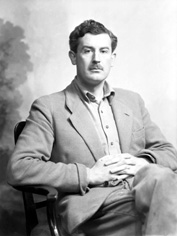
Reference: 40813a
Lord Lovat. Brigadier Simon Ch...
|
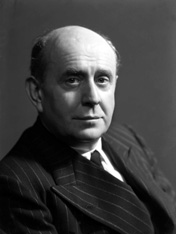
Reference: 37639
His Excellency Jan Masaryk, Vi...
|
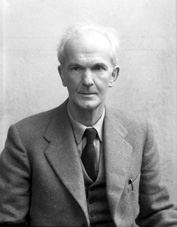
Reference: 45732a
Neil M. Gunn c1960. Neil Mille...
|
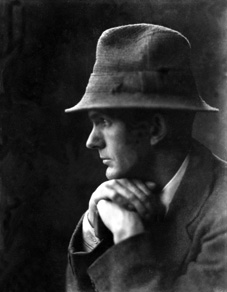
Reference: 25909a
Neil M. Gunn in June 1927. Nei...
|
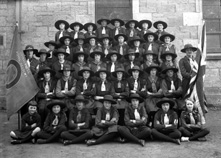
Reference: 26526
Inverness Royal Academy Girl G...
|
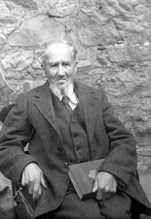
Reference: 26107b
Mr Mackay. The book he is hold...
|
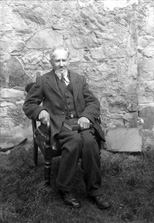
Reference: 26107a
Mr Mackay. The book he is hold...
|
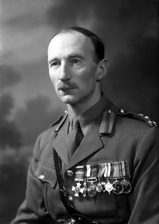
Reference: 43283i
Brigadier Eneas Grant, born 1...
|
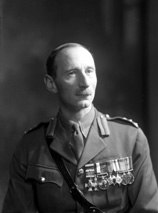
Reference: 43283h
Brigadier Eneas Grant, born 1...
|
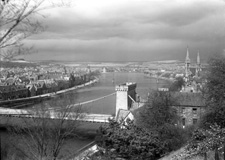
Reference: H-0196
Ness Bridge and the River Ness...
|
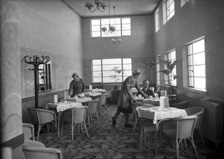
Reference: 32034e
Palace Cinema restaurant, Hunt...
|
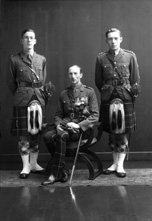
Reference: 43283c
Brigadier Eneas Grant, born 19...
|